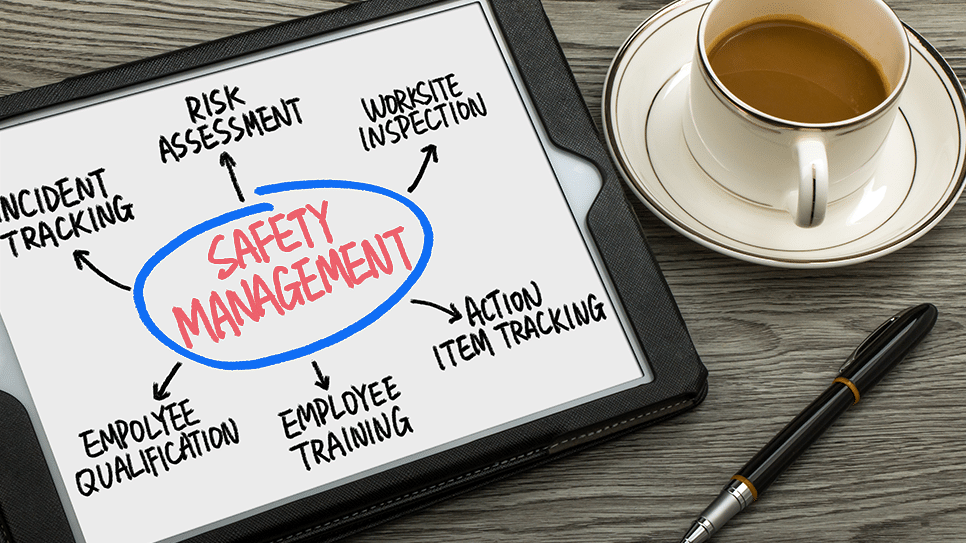
Understanding and Preventing Quid Pro Quo Harassment in the Workplace
Harassment Prevention


Regardless of who “owns” an organization’s safety program, there are many compelling reasons why HR should at the very least be involved.

Regardless of who “owns” an organization’s safety program, there are many compelling reasons why HR should at the very least be involved.
1. Policies and Handbooks:
Having written policies, programs, and standard operating procedures is nothing new to HR. HR departments can help play a role in determining which EHS laws pertain to a given job description, work environment and location. As laws and regulations change, it also plays an essential role in updating employee handbooks and literature with the newest workplace safety information.
2. Having the Proper Procedures in Place:
It’s HR’s duty to inform employees about their rights. For instance, how to report unsafe work practices and procedures that don’t align with an employer’s adopted safety policies, and the right to refuse to work, without any repercussions, until these issues are resolved. HR must also ensure that an investigation of an accident is properly conducted, and that actions are taken to prevent similar accidents in the future.
3. Training:
It’s not enough to simply hand employees a written copy of policies to read and sign. HR professionals must ensure that employees are trained in safety and that the training programs being used cover hazard recognition, meet the regulatory requirements, and give employees the knowledge and skills they need to stay safe. They are also responsible for scheduling required training for new and existing employees, monitoring the expiration dates of training certificates, and maintaining a record of who received training as defined by state and federal regulations.
4. Staying Legal and Compliant:
OSHA regulations are very specific when it comes to signage, the OSHA 300 Log and the year-end 300 A Form from those logs as well as Safety Data Sheets (SDSs) that need to be displayed, logged, or noted. The HR department can help ensure these regulations are followed.
5. Setting the Tone
HR professionals must champion safety in the workplace. They are in a respected position and can help communicate that safety is a shared goal amongst the organization as well as an individual responsibility that benefits co-workers, the company and even the community. Discussing it regularly helps to engrain a safety mindset.
6. Overall Employee Wellbeing
Safety doesn’t refer just to one’s physical health. Mental health is equally important and affects HR in several ways:
Absenteeism, compensation claims and lost production days have a profound effect on the bottom line, as managers must find temporary replacements for individuals unable to work while employees must deal with the stress of an increased workload. This creates more work for HR.
In summary, HR departments must be a dependable resource for employees who have concerns, questions or comments related to safety and occupational health. When workers know that HR professionals are knowledgeable about health and safety issues, it creates a trusted environment where workers feel empowered to speak up to create a safer workplace.
Click here for more information on Traliant safety training.